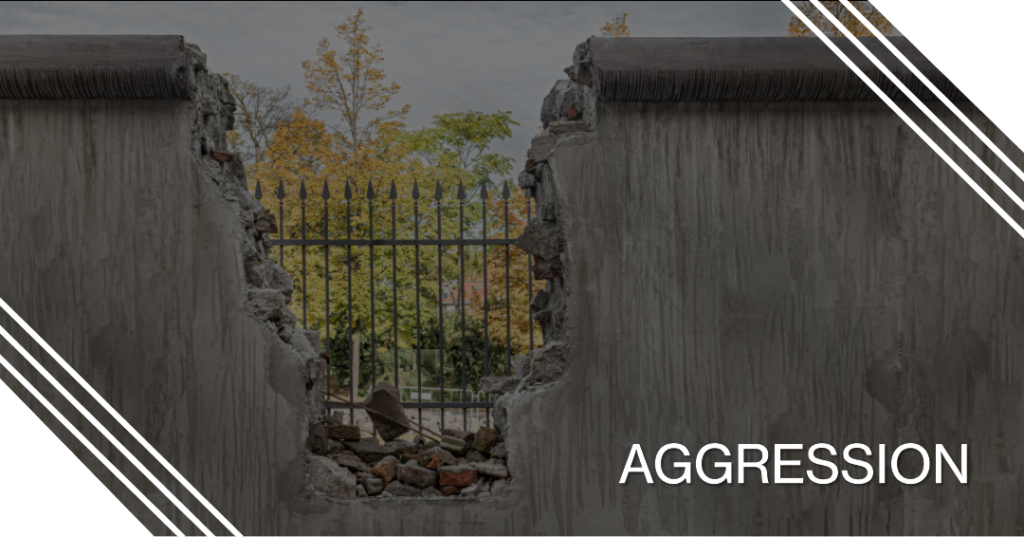ANARCHY
Common vernacular presents the term ‘anarchy’ as a synonym for a chaotic lack of order. It originally meant any movement, government etc. that had no leader or hierarchy. However, from 1840 onwards, with Pierre-Joseph Proudhon’s self-declaration as an ‘anarchist’, anarchy came to represent a socio-political goal.
While there are multiple schools of thought with different visions of this goal, they all generally agree on a common idea: a society that exists in a state of anarchy has no centralised authority or hierarchy that could monopolise violence, enforce laws and organise society. These are characteristics that most anarchists associate with modern nation states.
The multiplicity of ideas and the lack of a demarcated body of work make it difficult to provide clear academic descriptions of anarchy. There are complex differences between each school of thought and they overlap in different ways. There are disagreements over how to achieve such a society and no concrete ideas of what an anarchic society would look like and how exactly it would function. Many anthropologists and historians believed that primitive hunter-gatherer societies had no governing authorities and were hence anarchic. Anarchist philosophy has roots in the French revolution and the economic inequality created by the industrial revolution in Europe (Levy, 2010).
It has also been influenced by Marxist ideas of a stateless society and the differences between the two were not demarcated until the late 1800s.
Anarchy functions with the premise that individuals are completely rational. This rationality would push them to cooperate, hence no governing authonty would be required. Certain key features of anarchy include voluntary association of individuals with local levels of organisation that would execute some of the duties the state normally would, such as peacekeeping.
Different theoretical perspectives vary on the manner and authority of these associations. Individualist anarchism emphasises on individuals embracing the philosophy of anarchy without a collective social movement and on maintaining very little levels of social organisation (Suissa, 201~ ).
Kropotkin and Bakhunin argued that associations and councils without executive authority would form when needed, for matters such as coordination between voluntarily grouped. units. Bakhunin also extended this to collectivism which proposed a revolution by the working class to gain collective ownership of the means of organised production under a wage system. However, such thinkers also differed with original Marxist thought. They believed the state cannot provide the transition to communism as structures inherent within all states create oppression. They believed that the state not other away’ and that change must be implemented (Su· 10).
Anarcho-capitalism is also often termed right-wing libe · m. It has similar contentions with modern state models, believing that the state will always fail at efficient resource allocation. It promotes anarchy where individuals maintain the right to private property. The idea that the free market allocates resources best is extended to services like policing and justice, where individuals would purchase these services (Rockwell .Jr.).
The minimal amount of local bureaucracy needed would be voluntarily organised. This concept of an authority-less society also extends to international relations (Milner 1991). Anarchy on a global stage exists as states do not have a central authority that can coerce all to act according to fixed rules. Realist and neo-realist ideas view states and structures as the only relevant actors while liberal understandings suggest that international institutions can promote inter-state cooperation and peace.
Anarchy has been seen in certain societies, established both deliberately and out of conflict. Movements have seen a small resurgence in the last two decades as the 2008 recession and increasing inequality have re1gn1ted debates over capitalist exploitation and state oppression.
